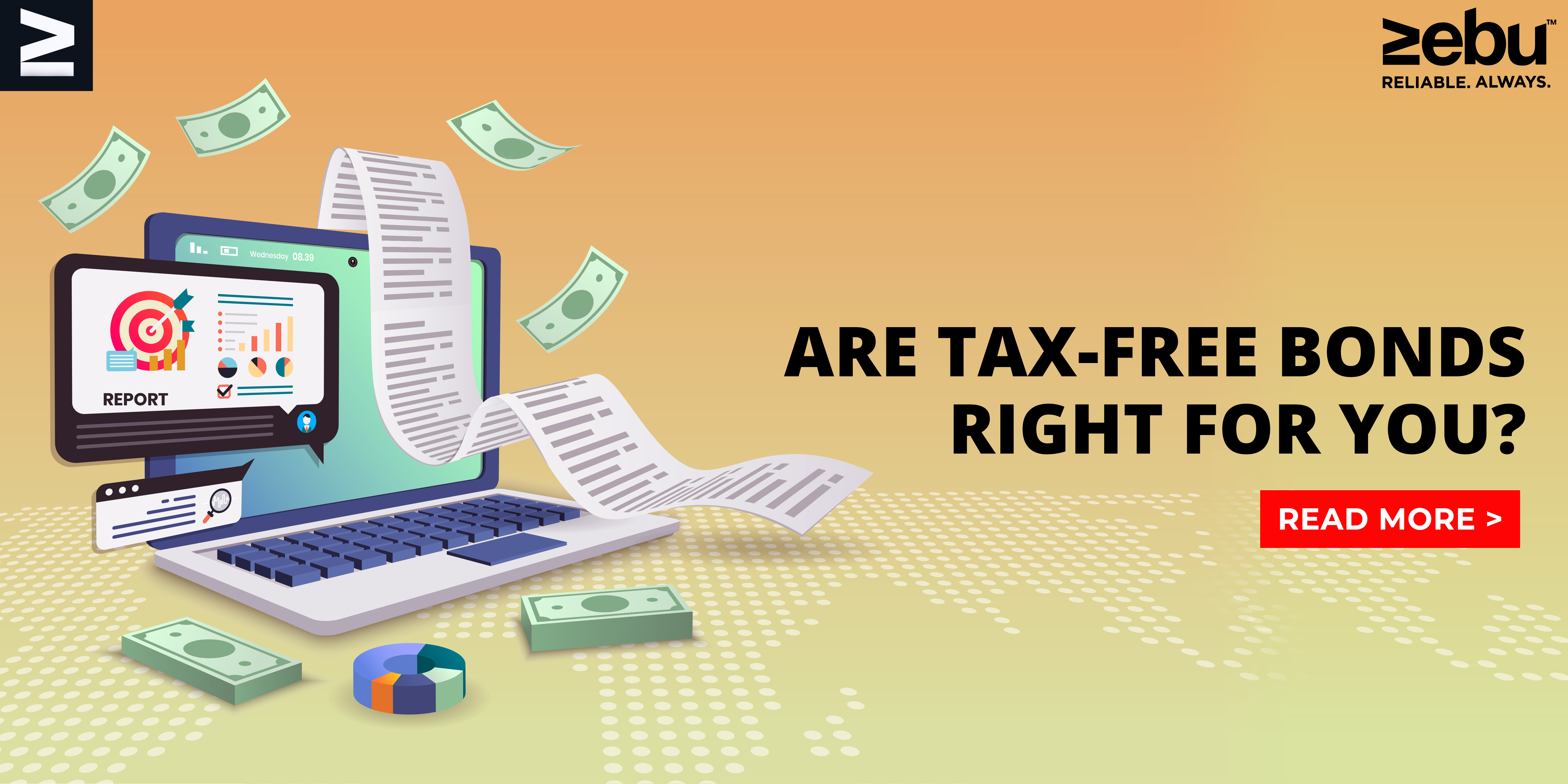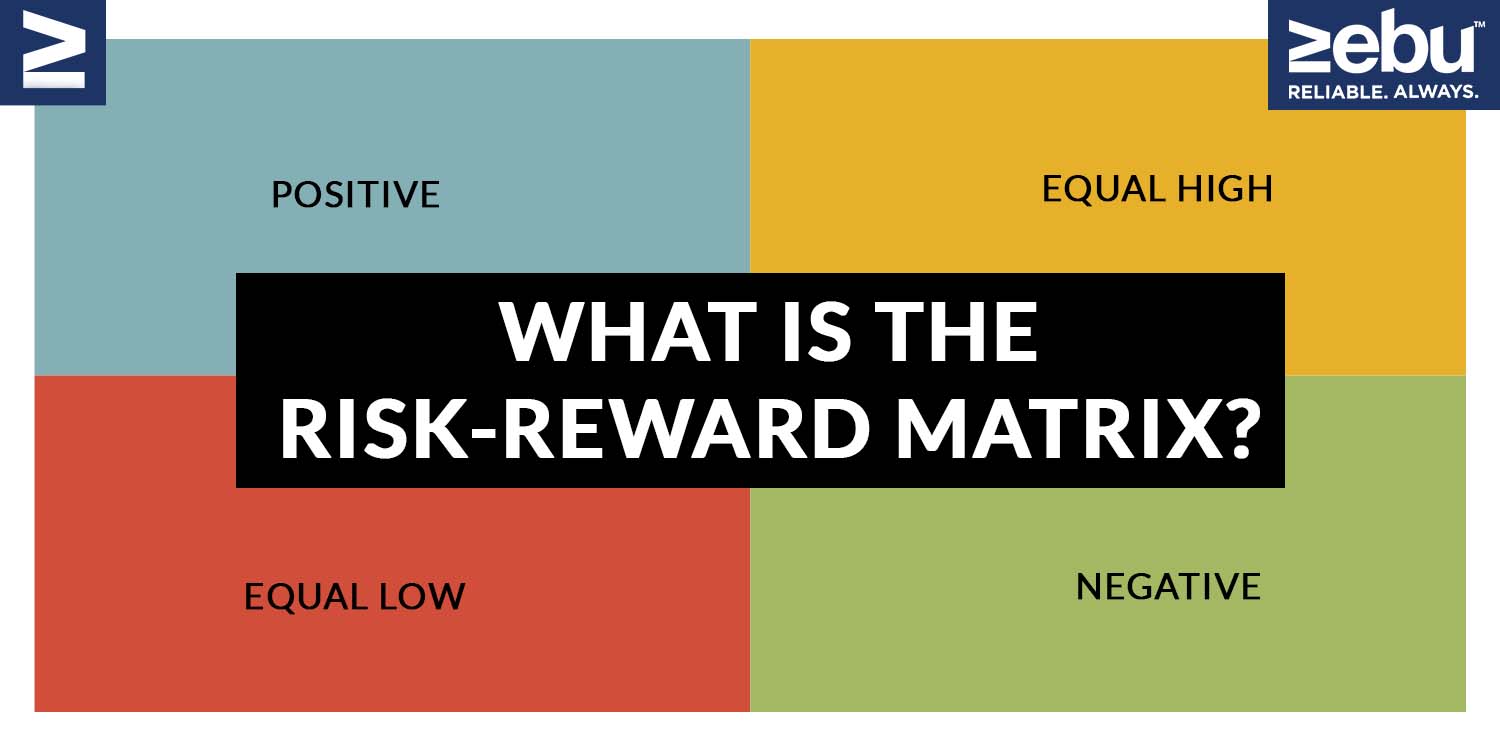
In the past few years, investors with a lot of money have been more interested in tax-free bonds. Large infrastructure players can raise money at the end of the fiscal year by selling tax-free bonds. By offering these tax-free bonds, the government can help pay for infrastructure. There are two main types of bonds that don’t have to pay taxes. Let’s try to understand them better.
First, there are Section 54EC bonds. If you buy them with the money you made from a sale, you can get a tax break. Because of the benefit in Section 54EC, you won’t have to pay tax on your capital gains. The interest that investors get from Section 54EC bonds will be fully taxed in their hands. Second, there are bonds that the investor doesn’t have to pay any taxes on. This means that interest is paid on them regularly. If you are in the 30% tax bracket, a 6% tax-free bond will give you an effective yield before taxes of 8.57 %.
Does it make sense to buy Section 54EC bonds?
HNIs seem to want these bonds a lot because they see it as a good way to lower their capital gains tax. But there are a few important things you should remember about buying these bonds. To make up for the tax benefit, the returns on these bonds are much lower than on regular bonds and bank FDs. So, it only makes sense if you really have capital gains that you need to pay less tax on. Second, to get a tax credit under Section 54EC, you must invest the whole amount, not just the capital gains. There is a cost to that in the form of missed chances to invest in other things. So, unless capital gains make up a big part of your total sales profits, these bonds aren’t very helpful.
Taking into account the indexing benefits of long-term holding might be a better way to figure out how much capital gains tax you have to pay. If, after accounting for indexing, your total tax bill is less than 10% of your income, it makes sense to pay down the tax and put the rest of the money into investments that will make you more money. You can also use Section 54 to your advantage if you use the money to buy another property. Taking into account the lock-in period and the opportunity cost of investing the whole return, the tax savings bond may not be worth much to investors.
Are bonds that don’t get taxed a good choice for investors?
As was already said, these tax-free bonds involve investing in a business that focuses on infrastructure and will allow you to get interest without having to pay taxes on it. When taxation is taken into account, the effective returns are at first higher than those of taxable bonds. During the lock-in period, however, your bonds are pretty much just sitting in your demat account. This can be quite discouraging. Since this asset doesn’t really make money over time, the key question is whether or not the lock-in period is worth it. The bond’s value hasn’t changed much, so it would be better to stick with traditional bonds and fixed deposits (FDs), which don’t have lock-in periods and can be quickly and easily turned into cash.
Why not think about debt funds as a better option?
Through debt, you should be able to meet your basic needs for security and guaranteed profits. Choose debt funds if you want to make the best choice. First, you won’t have to pay taxes on the dividends you decide to get. Second, debt funds are easy to cash out because they are liquid and can be sold in less than two days. Third, investors worry about interest rates and the chance of a default. The risk of interest rates will be looked at separately, but the risk of default can be cut down by focusing on risk-free G-Sec funds. Now, let’s talk about the risks that come with interest rates. In the current economic situation, rates have stayed low, which means that they should help with debt funds. When market rates go down, the NAV of debt funds goes up, so investors can make money from both interest and capital gains. Even bonds that don’t have to pay taxes don’t help in this way.
In the end, it’s easy to get sucked in by how appealing tax-saving bonds seem, but you need to do the math right. Before you decide whether or not to buy these tax-free bonds, look at what else you can do.






